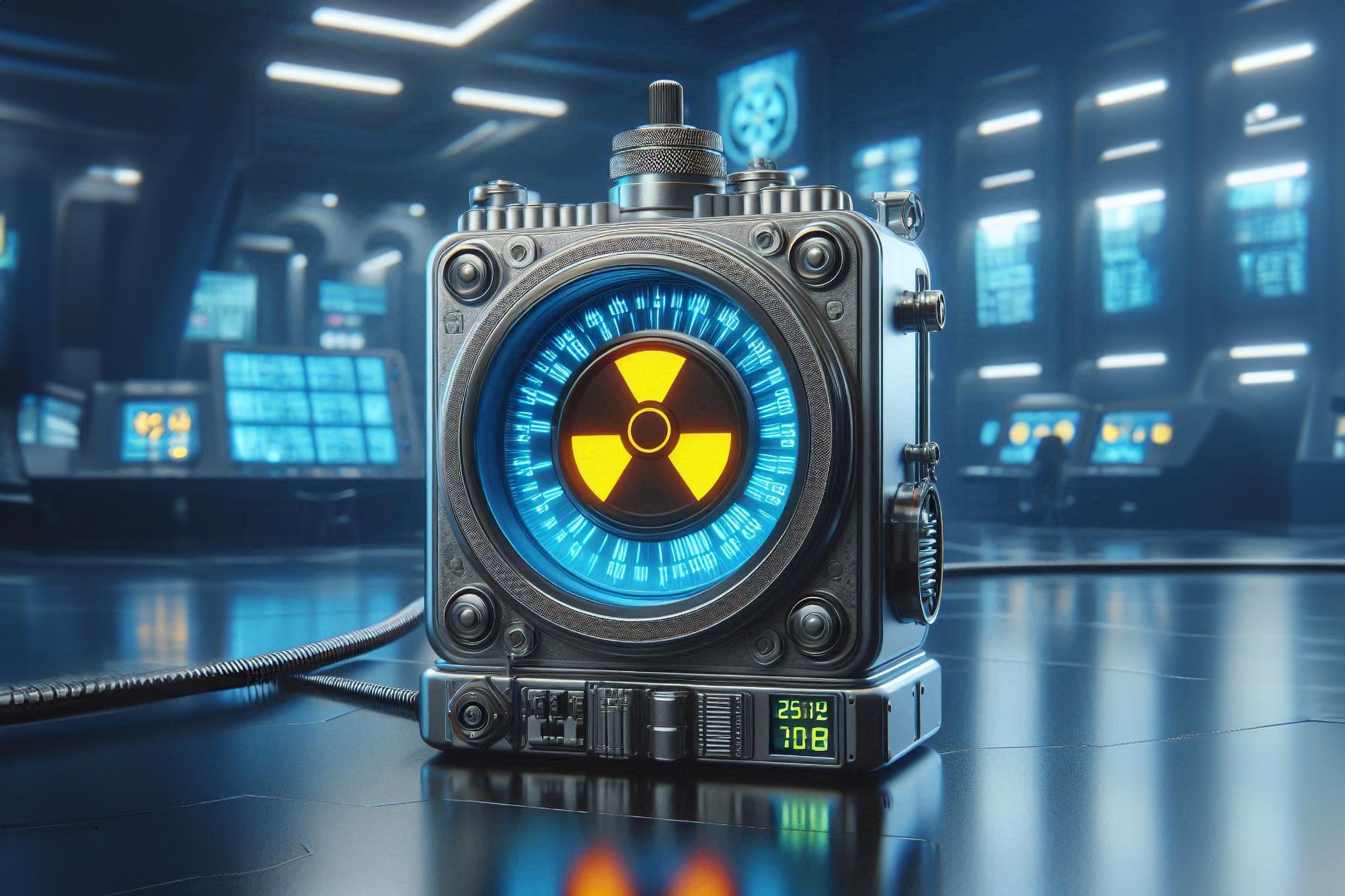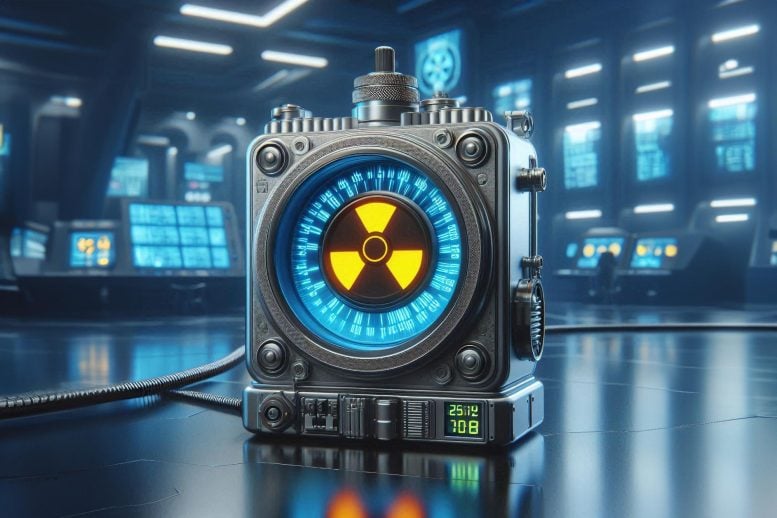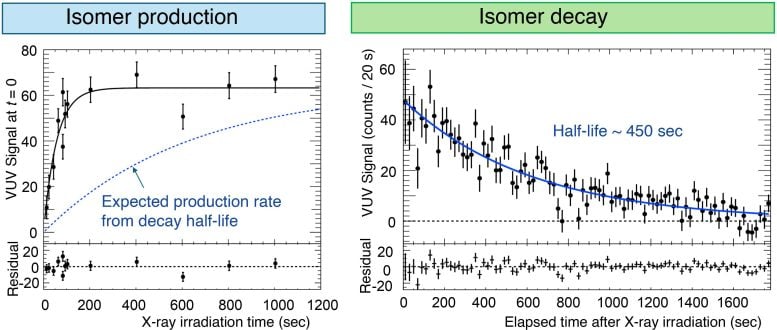

Scientists are developing highly precise nuclear clocks based on the 229Th isotope, capable of potential applications beyond conventional timekeeping, such as in gravity sensors and GPS technology.
Recent experiments have shown control over the isomeric state’s decay, offering insights into physical constants and the universe’s mysteries like dark energy.
Atomic and Nuclear Clocks
Atomic clocks, known for their precise measurement of ‘seconds’—the smallest standard unit of time—rely on the natural oscillations of electrons in atoms, akin to the mechanics of a pendulum in traditional grandfather clocks. The pursuit of even greater accuracy spurred the development of nuclear clocks, which utilize the transitions of atomic nuclei to track time more precisely than ever before.
Advancements in Nuclear Clock Technology
A rising contender for the development of ultra-precise nuclear optical clocks is the nuclear first-excited state of 229Th isotope. Its long half-life of 103 seconds and low excitation energy of a few electron volts make it ideal for excitation by VUV lasers, providing a precise reference transition for nuclear clocks. Besides, nuclear clocks can also be used in compact solid-state metrology devices and fundamental physics research.
To explore the potential application of 229Th isomer, it is essential to understand its fundamental properties like isomeric energy, half-life, and the dynamics of excitation and decay in detail.

Experimental Developments in Nuclear Clocks
Working in this direction, Assistant Professor Takahiro Hiraki from Okayama University, Japan and his team including Akihiro Yoshimi and Koji Yoshimura have developed an experimental setup to effectively assess the population of the 229Th isomeric state and detect its radiative decay. In their recent study published in the journal Nature Communications, they synthesized 229Th-doped VUV transparent CaF2 crystals and demonstrated their ability to control 229Th isomeric state population using X-rays.
“Our group is working on fundamental physics using atoms and lasers. To realize a solid-state nuclear clock using 229Th, it is necessary to control the excitation and de-excitation state of the nucleus. In this study, we successfully controlled the nuclear states using X-rays, bringing us one step closer to building a nuclear clock,” stated Assistant Professor Hiraki while explaining the motivation behind their study.
To investigate the radiative decay (de-excitation), the team created excitation from the ground state of 229Th nucleus to an isomer state, via the second excited state using a resonant X-ray beam. They found that the doped 229Th nucleus underwent radiative decay back to the ground state, along with the emission of a VUV photon.
Potential Applications and Future Implications
One of the key findings was the rapid decay of the isomer state when exposed to X-ray beam irradiation and the “X-ray quenching” effect, which allowed de-population of the isomer on demand. The researchers believe that this controlled quenching could advance nuclear clock development, alongside other potential applications, such as portable gravity sensors and higher-precision GPS systems.
Emphasizing the potential of nuclear optical clocks, Assistant Professor Hiraki says, “When the nuclear clock under development is completed, it will enable us to test whether ‘physical constants,’ especially fine structure constant, which were previously believed to remain unchanged, might vary over time. If time variation of physical constants is observed, it may lead to the elucidation of dark energy, one of the greatest mysteries of the universe.”
Reference: “Controlling 229Th isomeric state population in a VUV transparent crystal” by Takahiro Hiraki, Koichi Okai, Michael Bartokos, Kjeld Beeks, Hiroyuki Fujimoto, Yuta Fukunaga, Hiromitsu Haba, Yoshitaka Kasamatsu, Shinji Kitao, Adrian Leitner, Takahiko Masuda, Ming Guan, Nobumoto Nagasawa, Ryoichiro Ogake, Martin Pimon, Martin Pressler, Noboru Sasao, Fabian Schaden, Thorsten Schumm, Makoto Seto, Yudai Shigekawa, Kotaro Shimizu, Tomas Sikorsky, Kenji Tamasaku, Sayuri Takatori, Tsukasa Watanabe, Atsushi Yamaguchi, Yoshitaka Yoda, Akihiro Yoshimi and Koji Yoshimura, 16 July 2024, Nature Communications.
DOI: 10.1038/s41467-024-49631-0